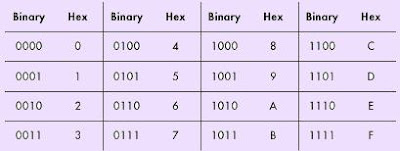Digital data can be transmitted between one or several devices or communication participants by two ways, either parallel or serial transmission.
- Bit-parallel transmission
- Bit-serial transmission
 |
| Parallel data transmission |
 |
| Serial data transmission |
All bits of a piece of information are transmitted at the same time, with parallel transmission,– through an appropriate number of signal lines. Due to it's high installation costs they are only acceptable for short distances. The transmission of one byte requires a minimum of nine lines,– 8 of which are bits and one is reference potential. This method is presently used for device busses. This application –requires high transmission rates over short distances, and without conversion methods. Serial transmission is a good solution for long distances. Only one signal line in serial transmission method transmits the bits, one after the other. The transmission of information takes more time. The installation effort and the costs are considerably reduced because all the information is generated and processed in bit-parallel mode. The transmitter converts the data from parallel to serial, and the receiver reconverts it from serial to parallel. This is performed by specially operated shift registers, integrated in communication modules.


